Home>diy>Architecture & Design>What Architectural Style Is The White House Built?
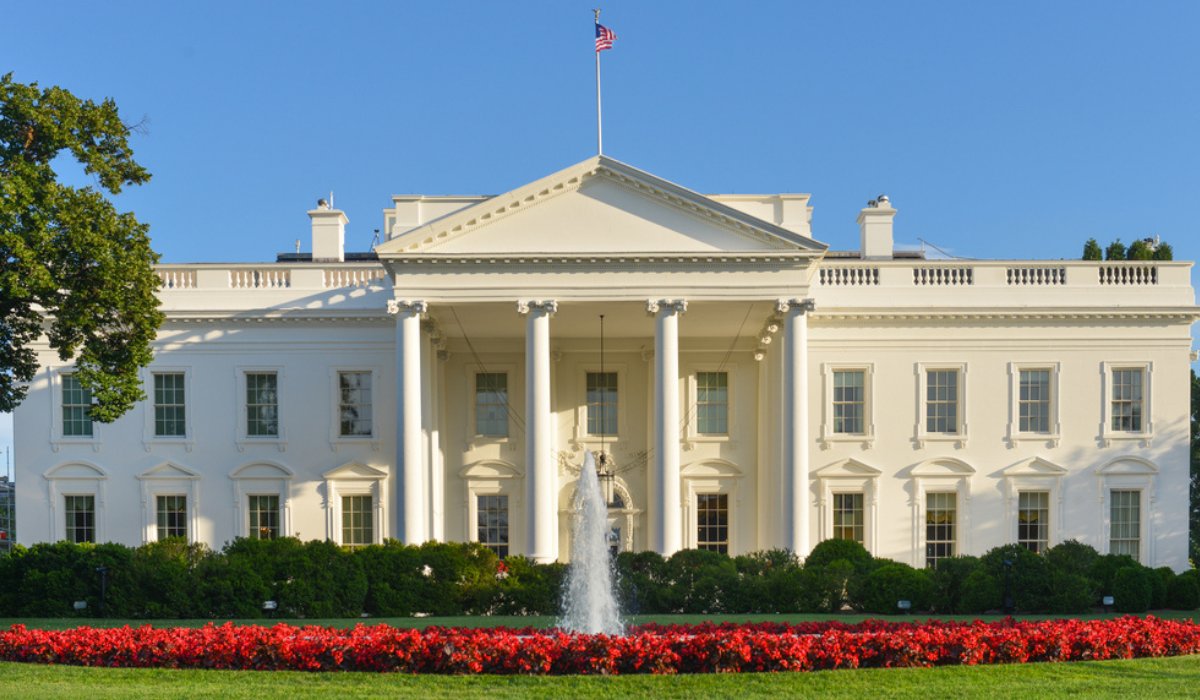

Architecture & Design
What Architectural Style Is The White House Built?
Modified: January 19, 2024
Discover the architectural style of the iconic White House and delve into its rich history. Gain insights into the fascinating world of architecture and design.
(Many of the links in this article redirect to a specific reviewed product. Your purchase of these products through affiliate links helps to generate commission for Storables.com, at no extra cost. Learn more)
Introduction
The White House, located on Pennsylvania Avenue in Washington D.C., is not only the official residence of the President of the United States but also an iconic symbol of American history and democracy. Over the years, it has witnessed countless historic events and served as a backdrop for significant political and social milestones.
But have you ever wondered what architectural style the White House is built in? In this article, we will delve into the fascinating history and design of this iconic structure, exploring its architectural style, influences, features, and more.
The White House is more than just a place of residence for the President; it is a reflection of the nation’s values, aspirations, and architectural heritage. Understanding its architectural style helps us gain insight into the nation’s history and the values it holds dear.
So, join us on this journey as we explore the architectural marvel that is the White House and unravel the secrets of its timeless design.
Key Takeaways:
- The White House’s architectural style is a harmonious blend of neoclassical and classical influences, symbolizing strength, stability, and the enduring legacy of American democracy.
- Through renovations and additions, the White House has evolved while preserving its historical integrity, reflecting a commitment to adaptability and the preservation of American democracy.
History of the White House
The White House has a rich and storied history that dates back to the late 18th century. The idea of a presidential residence came about after the newly formed United States sought to establish a permanent capital. In 1790, President George Washington selected a site along the Potomac River for the nation’s capital and appointed architect Pierre Charles L’Enfant to design a grand city plan.
Construction of the White House began in 1792 with the laying of the cornerstone, and it was completed in 1800. The original design was the work of Irish-born architect James Hoban, who drew inspiration from neoclassical architecture, particularly the Leinster House in Dublin, Ireland.
However, the White House we know today is not the original structure. In 1814, during the War of 1812, the British army set fire to the White House, resulting in extensive damage. After the war, Hoban was commissioned to rebuild and expand the White House, incorporating the original design but adding additional wings.
The subsequent reconstruction and expansion efforts over the years have shaped the White House into the grand edifice it is today. The South Portico was added in 1824, the North Portico in 1829, and the West Wing was completed in 1902.
Throughout its history, the White House has undergone several renovations and restorations to maintain its structural integrity and accommodate the changing needs of its occupants. The most extensive renovation took place during the Truman administration in the late 1940s, where the interior was gutted and rebuilt while keeping the historic facade intact.
Today, the White House stands as a symbol of the nation’s resilience, having survived war, fire, and numerous renovations. It is a living testament to the enduring legacy of American democracy and a reminder of the historical events that have shaped the nation.
Architectural Style of the White House
The White House is renowned for its distinct architectural style, which seamlessly blends elements of classical and neoclassical design. The overall architectural style is often referred to as “Neoclassical Georgian” or simply “Neoclassical.”
Inspired by the architectural designs of 18th-century Europe, particularly the neoclassical movement, the White House exemplifies the elegance, symmetry, and grandeur associated with this style. Neoclassical architecture drew inspiration from the classical architecture of ancient Greece and Rome, emphasizing order, balance, and classical ornamentation.
The exterior of the White House features a symmetrical facade characterized by a central portico with a triangular pediment supported by six Ionic columns. The columns are intricately carved and create a sense of grandeur and historical significance. The use of columns is a hallmark of neoclassical architecture, symbolizing strength and stability.
The White House’s façade is made of white-painted sandstone, which gives the structure its distinctive appearance and lends it the name “White House.” The white color exudes a sense of purity, elegance, and power, further enhancing the symbolic significance of the residence.
The interior of the White House is equally impressive, featuring high ceilings, ornate moldings, and elaborate decorative details. The grand entrance hall, known as the “Grand Foyer,” showcases a double staircase and exquisite plasterwork. Throughout the residence, there are numerous rooms adorned with intricate wallpaper, luxurious fabrics, and exquisite furnishings.
The architectural style of the White House reflects the ideals of the young American nation during its inception. The neoclassical design was seen as a way to connect to the democratic ideals of ancient Greece and Rome while also symbolizing power and authority.
While the white exterior, classical columns, and symmetrical design give the White House a timeless and iconic appearance, its architectural style has also influenced numerous government buildings and residences across the United States.
Overall, the architectural style of the White House is a harmonious blend of classical elements and neoclassical aesthetics, creating a symbol of power, democracy, and enduring architectural beauty.
Influences on the White House Design
The design of the White House was influenced by a variety of architectural styles, cultural movements, and historical precedents. Let’s explore some of the key influences that shaped the iconic design of this revered residence.
1. Neoclassical Architecture: As mentioned earlier, the White House is a prime example of neoclassical architecture. It drew inspiration from the classical designs of ancient Greece and Rome, incorporating elements such as columns, pediments, and symmetrical facades. This architectural style was prevalent during the late 18th century and reflected the spirit of the American nation, which sought to emulate the democratic ideals of the ancient civilizations.
2. Georgian Architecture: Another significant influence on the design of the White House is Georgian architecture. The Georgian style originated in 18th-century England and gained popularity in the American colonies. It is characterized by symmetrical facades, multi-pane sash windows, and classical ornamentation. The White House exhibits many Georgian architectural features, such as its rectangular shape, orderly layout, and decorative details.
3. Palladian Architecture: Palladian architecture, named after the Italian architect Andrea Palladio, also played a role in shaping the design of the White House. Palladian architecture is known for its harmonious proportions, use of classical elements, and elegant symmetry. The incorporation of grand columns and pediments in the White House design reflects the influence of Palladian aesthetics.
4. French and Irish Influences: Architect James Hoban, who designed the White House, was Irish-born but trained in Paris before immigrating to the United States. His architectural training in France and Ireland likely influenced his design choices for the White House. The Leinster House in Dublin, Ireland, served as a notable inspiration for the White House’s design, showcasing the combination of Georgian and Palladian architectural elements.
5. Federal Period Architecture: The construction of the White House took place during the Federal Period of American history, which spanned roughly from 1789 to 1823. This era was marked by a growing sense of national identity and a desire to establish a distinct American architectural style. The White House design reflects the Federal style, which emphasized simplicity, elegance, and a nod to classical influences.
6. Cultural Significance: Beyond architectural influences, the White House design also carries cultural significance. It was designed to embody the democratic ideals upon which the United States was founded. The neoclassical aesthetic conveyed a sense of grandeur and authority, while the use of white paint symbolized purity and transparency.
Overall, the design of the White House was a fusion of various architectural styles, cultural influences, and historical trends. It represents the aspirations and values of the young American nation, paying homage to classical traditions and establishing a unique architectural identity for the United States.
Features and Characteristics of the White House Architecture
The White House showcases a multitude of distinctive features and characteristics that contribute to its iconic status. From its neoclassical grandeur to its symbolic elements, let’s explore the key architectural features that define this historic residence.
1. Symmetrical Design: The White House follows a symmetrical layout, both vertically and horizontally. The central section, characterized by the iconic portico with columns and a triangular pediment, is flanked by two wings, creating a balanced and harmonious composition. This symmetrical design is a hallmark of neoclassical architecture and lends the White House its timeless elegance.
2. Ionic Columns: The White House is adorned with six Ionic columns in the portico, creating a visually striking entrance. The Ionic order is characterized by scrolled capitals atop the columns, reflecting classical Greek architectural elements. These columns not only add grandeur but also symbolize strength and stability.
3. Triangular Pediment: The triangular pediment above the portico further enhances the neoclassical aesthetic of the White House. It is often adorned with sculptural elements or a national emblem, such as the American eagle. The pediment serves as a visual focal point and adds to the overall sense of grandeur and monumental presence.
4. White Sandstone Façade: The White House’s distinctive white appearance is due to its façade, constructed using white-painted sandstone. This material not only gives the building its name but also creates a sense of purity, elegance, and power. The use of white paint emphasizes the importance and symbolism of the residence as the seat of the President of the United States.
5. High Ceilings and Grand Foyer: The interior of the White House continues the theme of grandeur and opulence. High ceilings create an airy and spacious atmosphere, while the Grand Foyer, with its double staircase and intricate plasterwork, sets the tone for the rest of the residence. These features reflect the aim to impress and create a sense of significance in the architectural design.
6. Historic Rooms and Furnishings: The White House is home to several historically significant rooms, each with its unique design elements and furnishings. The State Dining Room, Blue Room, Red Room, and Green Room are just a few examples of the tastefully decorated spaces within the residence. These rooms feature intricate wallpaper, luxurious fabrics, and exquisite furniture, offering a glimpse into the rich history and cultural heritage of the United States.
7. Park-like Grounds: In addition to its architectural elements, the White House is surrounded by meticulously landscaped grounds. The South Lawn, North Lawn, and Rose Garden provide tranquil outdoor spaces within the bustling capital city. The inclusion of these green spaces adds to the overall aesthetic and serves as a retreat in the heart of Washington D.C.
These features and characteristics collectively contribute to the architectural allure and symbolic significance of the White House. The neoclassical design, symmetrical layout, distinctive columns, and grandeur of the interior spaces all combine to create an enduring symbol of American democracy and power.
The White House is built in the neoclassical architectural style, characterized by its symmetrical design, columns, and domed roof.
Read more: How To Design A Ranch-Style House
White House Exterior
The exterior of the White House is a visual testament to its timeless beauty and historical significance. From the iconic columns to the meticulously designed grounds, every detail of the exterior architecture contributes to its grandeur and symbolic importance.
The White House boasts a neoclassical architectural style, characterized by its symmetrical design, classical elements, and elegant proportions. The structure is rectangular in shape and consists of three main sections: the central building and two wings.
At the front of the White House, the central section features a commanding portico with six Ionic columns. These columns, intricately carved and towering in height, evoke a sense of strength and power. The Ionic order, derived from ancient Greek architecture, is renowned for its scroll-shaped capitals and graceful proportions.
Above the portico, a triangular pediment crowns the entrance. The pediment often includes decorative elements, such as sculptural reliefs or an emblematic eagle, which symbolizes the United States. The combination of the portico and pediment creates a visually impressive and instantly recognizable facade.
The White House is clad in white-painted sandstone, giving it the distinctive appearance that has led to its iconic name. The use of white paint serves several symbolic purposes, representing purity, transparency, and the importance of the residence as the seat of the President.
As visitors approach the White House, they are greeted by the meticulously landscaped grounds. The South Lawn, North Lawn, and Rose Garden provide serene outdoor spaces, enhancing the overall charm of the residence. These grounds have witnessed historic events, such as presidential inaugurations and state ceremonies, and serve as a backdrop for significant moments in U.S. history.
Surrounding the perimeter of the White House is an elegant wrought-iron fence, added for security purposes. The fence features intricate details, including finials and decorative patterns, while still allowing visitors to catch a glimpse of the iconic structure.
Over time, the exterior of the White House has witnessed various renovations and additions to accommodate the changing needs of its occupants and to ensure structural integrity. However, efforts have been made to preserve the historical integrity and iconic appearance of the residence.
The White House exterior stands as a testament to the enduring grandeur of neoclassical architecture and serves as a symbol of American democracy and power. Its iconic columns, pristine white facade, and artfully landscaped grounds create an instantly recognizable image recognized throughout the world.
White House Interior
The interior of the White House is a remarkable blend of historical grandeur, artistic craftsmanship, and presidential influence. Each room within the residence tells a story, showcasing a unique combination of architectural features, exquisite furnishings, and artistic details that reflect the rich heritage of the United States.
The Grand Foyer, located at the entrance of the White House, sets the tone for the rest of the interior. This impressive space features a double staircase and intricate plasterwork. The soaring ceilings and elegant design create a sense of grandeur as visitors step into the residence.
One of the most iconic rooms in the White House is the Oval Office, the workspace of the President. The Oval Office is characterized by its elliptical shape, which allows the President to maintain a central position and facilitates effective communication. The room is adorned with historical artwork, busts of former Presidents, and a resolute desk, symbolizing the authority and power held by the President.
The State Dining Room is another prominent space within the White House. This room, often used for formal state banquets and official ceremonies, features elaborate décor, including crystal chandeliers, antique furniture, and portraits of past Presidents. The State Dining Room showcases the elegance and sophistication that accompanies prestigious events hosted by the President.
Throughout the White House, numerous historic rooms reveal the diverse styles and influences that have shaped its interior. The Blue Room, with its striking blue upholstery and gold accents, serves as the official reception area for the President. The Red Room, adorned with rich red fabrics, is a more intimate gathering space. The Green Room, adorned with various shades of green, serves as a meeting place for the President and visiting dignitaries.
Presidential bedrooms and family quarters are tucked away on the upper floors of the White House. These private areas serve as a sanctuary for the President and their family, away from the public eye. The rooms are elegantly decorated and feature personal touches reflecting the tastes and personalities of the occupants.
The White House interior is also home to an extensive collection of artwork and historical artifacts. From portraits of former Presidents and First Ladies to sculptures and historical memorabilia, the walls and halls of the White House are adorned with pieces that reflect the nation’s rich cultural and historical heritage.
Over the years, renovations and updates have been made to the interior of the White House to accommodate modern needs while preserving its historical significance. Each President brings their unique touch to the interior, whether through changes in décor or the introduction of personal mementos.
The interior of the White House is a vibrant tapestry that weaves together the traditions of the past with the aspirations of the future. It serves as a living testament to the history, culture, and democracy of the United States, and offers visitors a glimpse into the lives of those who have led the nation.
Renovations and Additions to the White House
Throughout its long history, the White House has undergone numerous renovations and additions to accommodate the changing needs of its occupants, maintain its structural integrity, and preserve its historical significance. These renovations have transformed the White House into the iconic residence we know today.
One of the most significant renovations occurred after the War of 1812, when the British set fire to the White House in 1814. Architect James Hoban was commissioned to rebuild and expand the damaged structure, incorporating the original design but adding additional wings to accommodate the growing needs of the presidency.
In the early 20th century, during President Theodore Roosevelt’s administration, the West Wing was added to provide office space for the expanding staff of the President. The West Wing is now home to the Oval Office, Cabinet Room, and various other offices and meeting spaces.
During the presidency of Harry S. Truman in the late 1940s, a major interior renovation took place. The goal was to update the aging infrastructure, introduce modern amenities, and improve the functionality and security of the White House. The renovation involved gutting the interior while preserving the historic facade. Truman, known for his meticulous attention to detail, took a personal interest in the renovation, ensuring that the historical integrity of the residence was maintained.
Subsequent renovations have focused on updating infrastructure, improving energy efficiency, and enhancing security measures. In the 1990s, under the administration of Bill Clinton, extensive renovations took place, including upgrading the mechanical systems, enhancing accessibility, and restoring historical features.
More recently, under the administration of Barack Obama, the White House underwent a major renovation of the East Wing. The restoration involved refurbishing the East Garden Room, Family Theater, and other areas to enhance their functionality and aesthetic appeal.
Renovations to the White House are not limited to the interior. The surrounding grounds have also been subject to changes and additions over the years. The addition of the Rose Garden, a formal garden space located just outside the Oval Office, is one notable example. Presidents have utilized the Rose Garden for various events, including press conferences, ceremonies, and gatherings with foreign dignitaries.
Every renovation and addition to the White House is carefully planned and executed to ensure that it aligns with the historical significance and architectural integrity of the residence. Preservation experts work closely with architects, historians, and craftspeople to maintain the essence of this iconic structure while incorporating necessary updates.
Renovations and additions to the White House demonstrate the ongoing commitment to preserving its historical heritage, enhancing functionality, and adapting to the needs of the modern presidency. These efforts ensure that the White House remains a symbol of American democracy and a reflection of the nation’s evolving identity.
Conclusion
The White House stands as an enduring symbol of American democracy, power, and historical significance. Its architectural style, a blend of neoclassical and classical influences, reflects the nation’s values and aspirations. From its iconic columns to its grand interiors, every facet of the White House tells a story and embodies the rich heritage of the United States.
The White House’s history is filled with moments of triumph, tragedy, and transformation. It has witnessed the birth of a nation, survived fires and wars, and accommodated the changing needs of its occupants over the years. Through numerous renovations and additions, the White House has evolved while preserving its architectural integrity and historical significance.
Each aspect of the White House’s design has a purpose and a symbolic meaning. The grandeur of its exterior, with its Ionic columns and triangular pediment, represents strength, stability, and historical significance. The meticulously landscaped grounds provide a sanctuary within the bustling capital, showcasing the importance and prestige of the residence.
Inside the White House, the elegant interiors, from the Grand Foyer to the State Dining Room and the private quarters, are a testament to the country’s history, culture, and artistic craftsmanship. The carefully curated artwork, beautifully crafted furnishings, and historic artifacts offer a glimpse into the lives of the Presidents and the historical events that have unfolded within its walls.
Renovations and additions to the White House have ensured its continual adaptation to modern needs while preserving its historical integrity. From expansions to accommodate growing staff to updates for energy efficiency and security enhancements, these efforts reflect a commitment to maintaining the White House as a symbol of American democracy.
As the official residence of the President of the United States, the White House holds a unique place in American history and culture. It serves as a symbol of power, a setting for significant political events, and a tangible representation of the nation’s democratic ideals.
Through its architecture, the White House invites us to explore and understand the nation’s past, its cultural heritage, and its aspirations for the future. It stands as a reminder that architecture is not merely a physical structure, but a reflection of a society’s values, history, and dreams. The White House will continue to inspire and captivate visitors from around the world, serving as a beacon of democracy for generations to come.
Frequently Asked Questions about What Architectural Style Is The White House Built?
Was this page helpful?
At Storables.com, we guarantee accurate and reliable information. Our content, validated by Expert Board Contributors, is crafted following stringent Editorial Policies. We're committed to providing you with well-researched, expert-backed insights for all your informational needs.
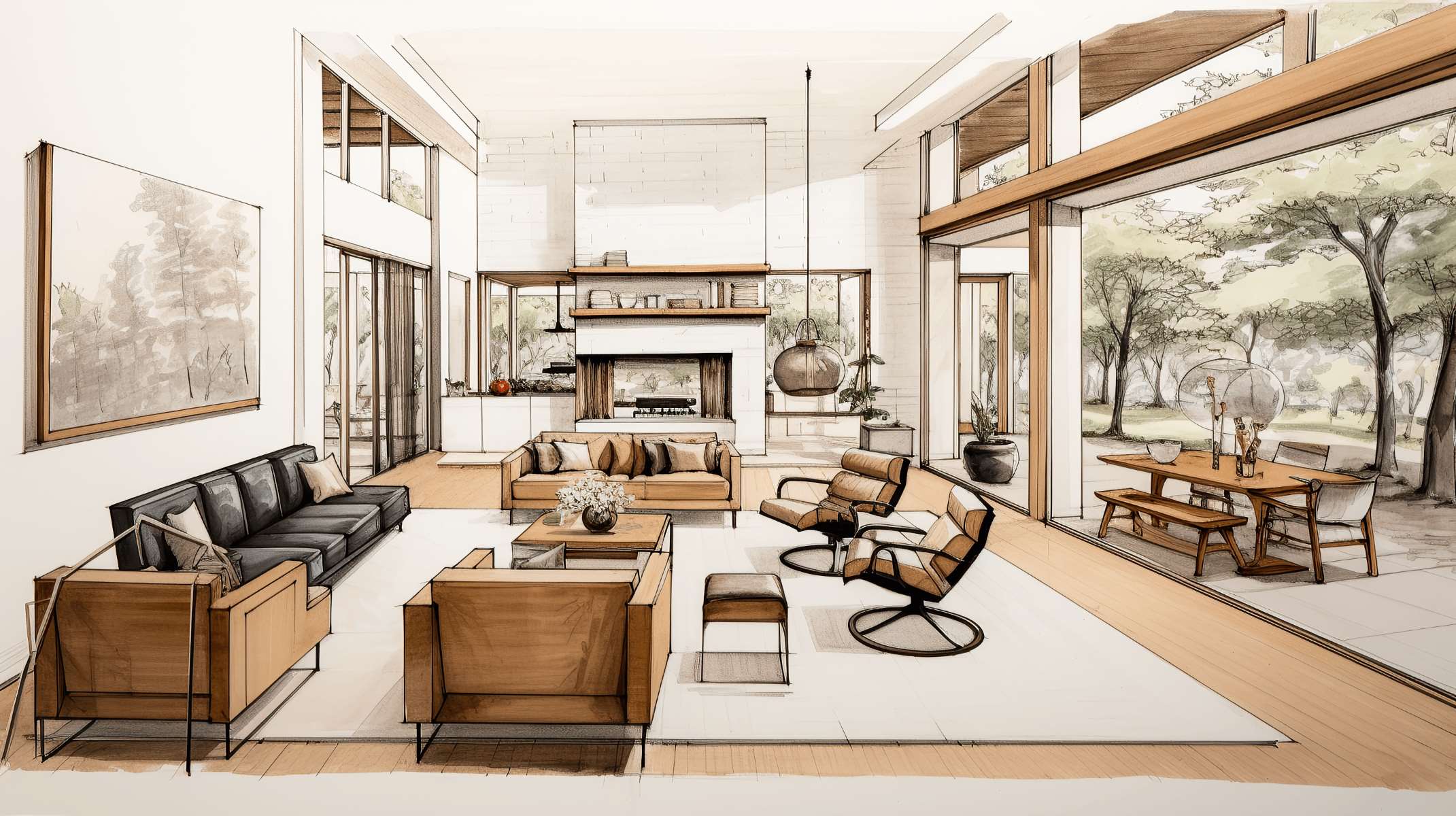
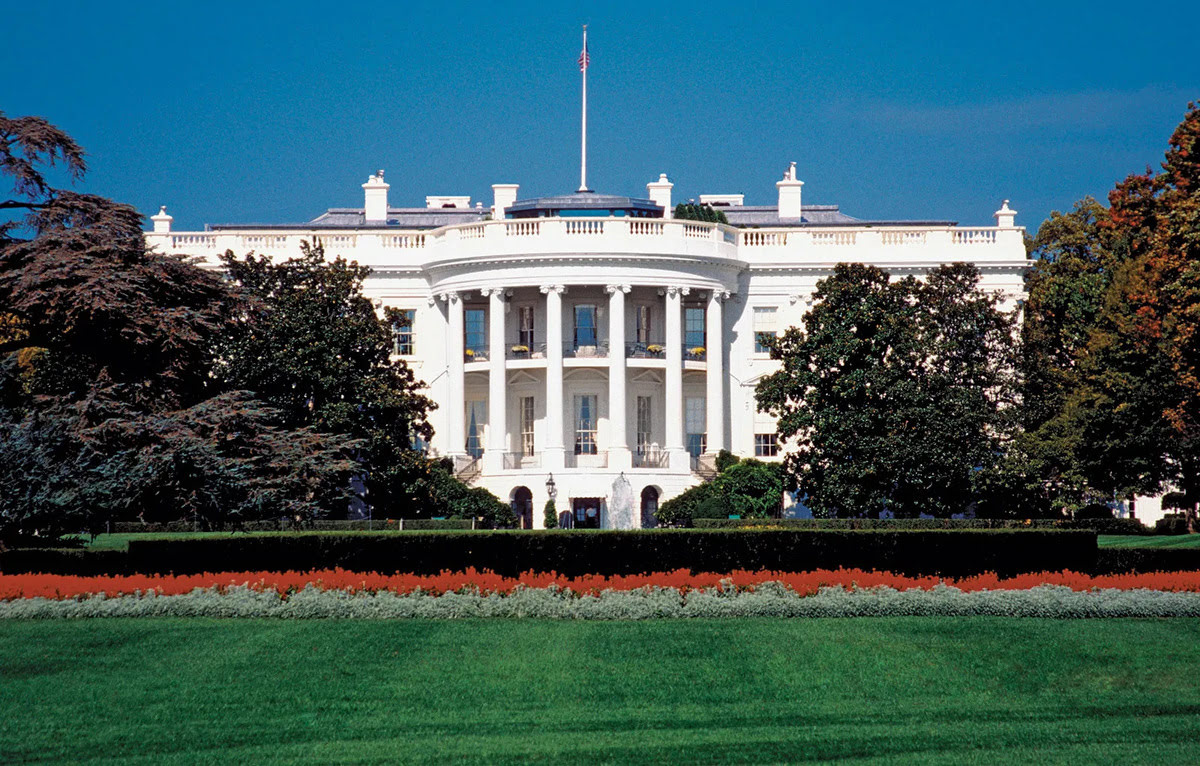
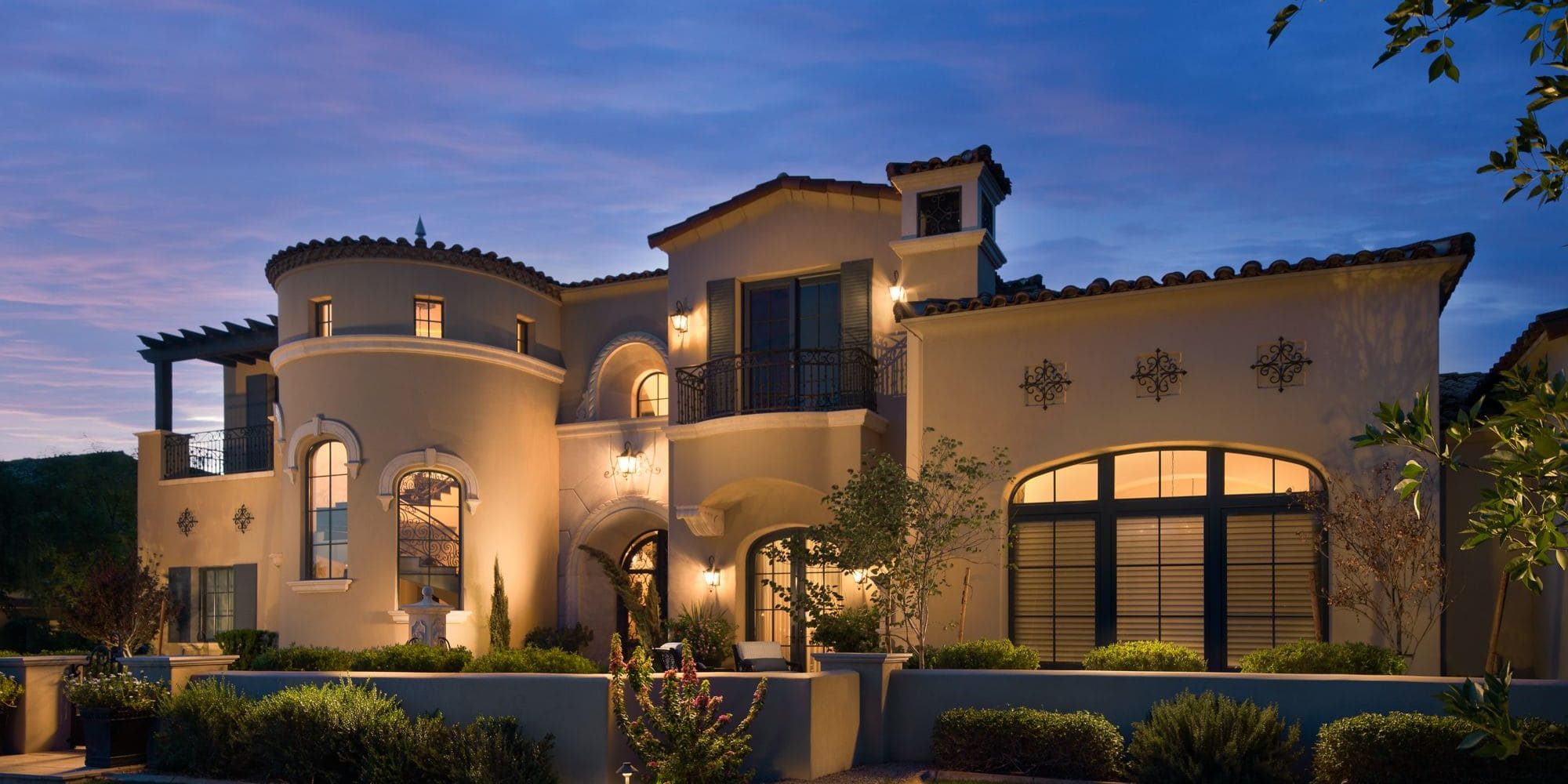
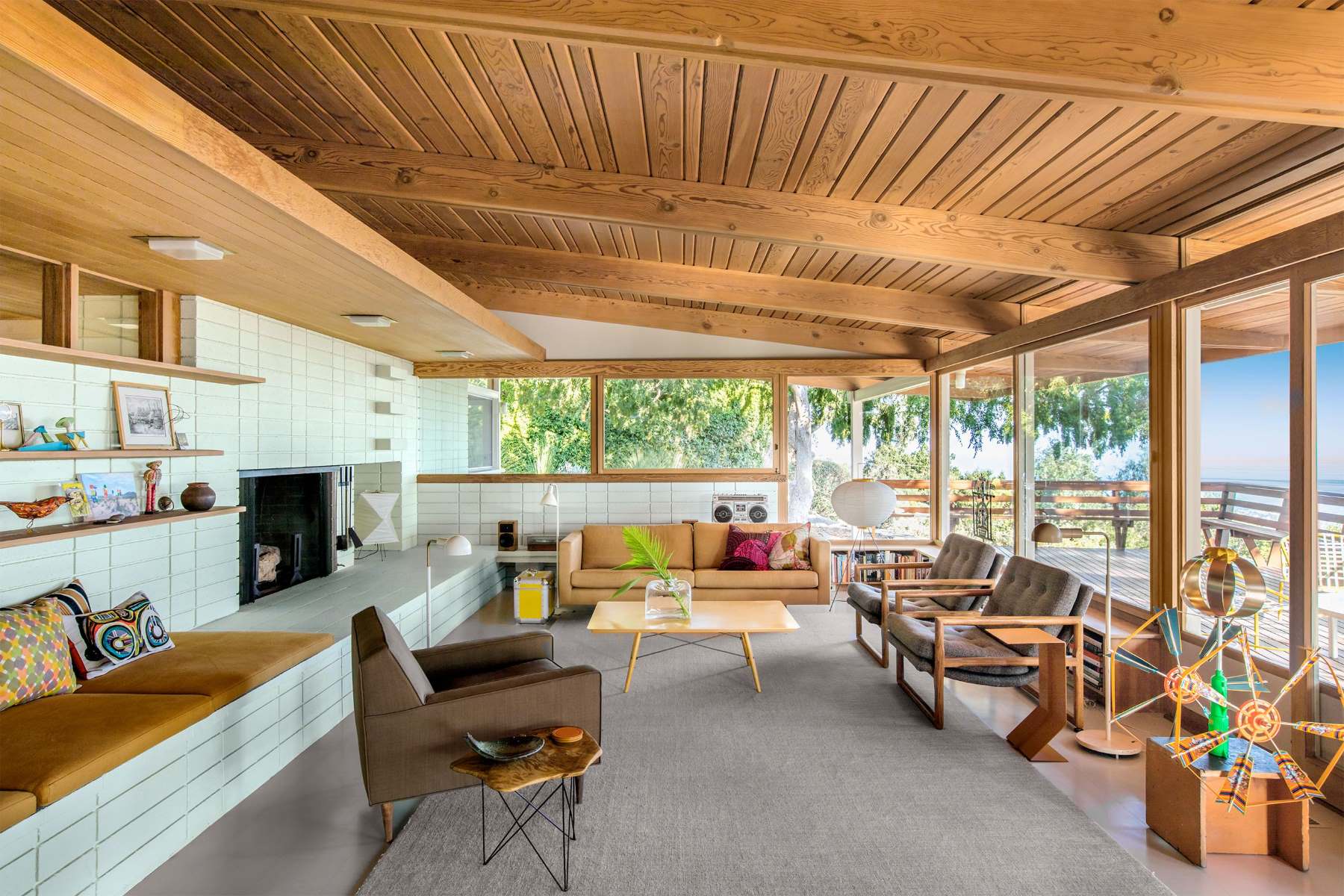
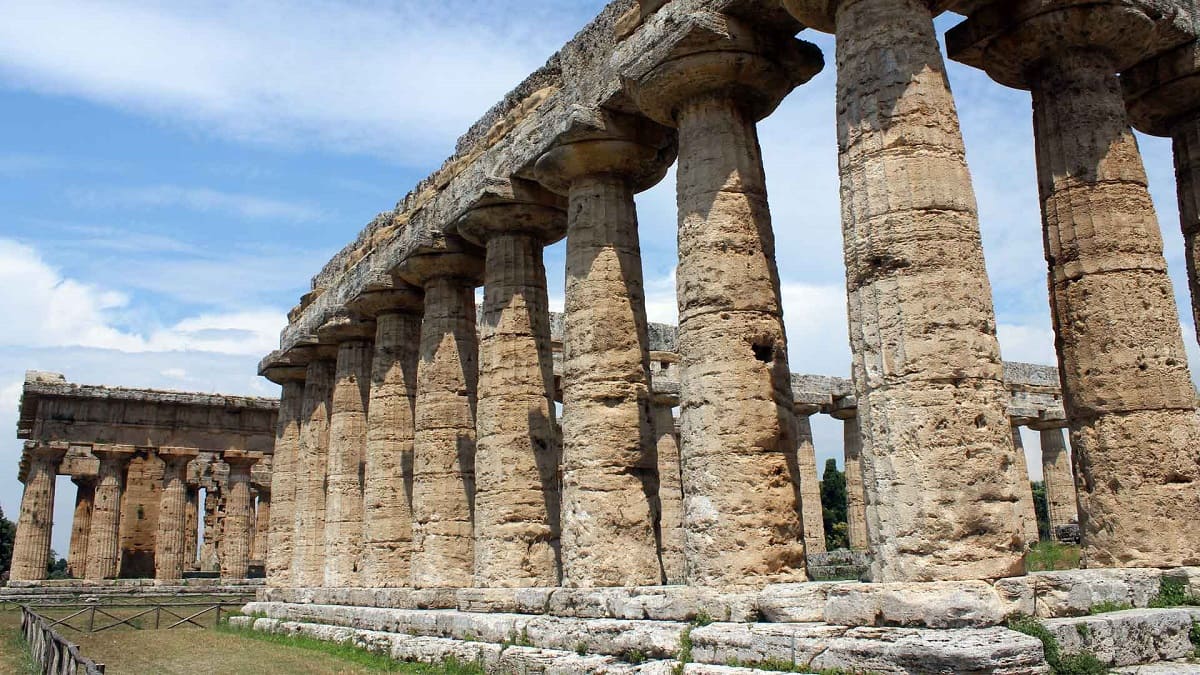
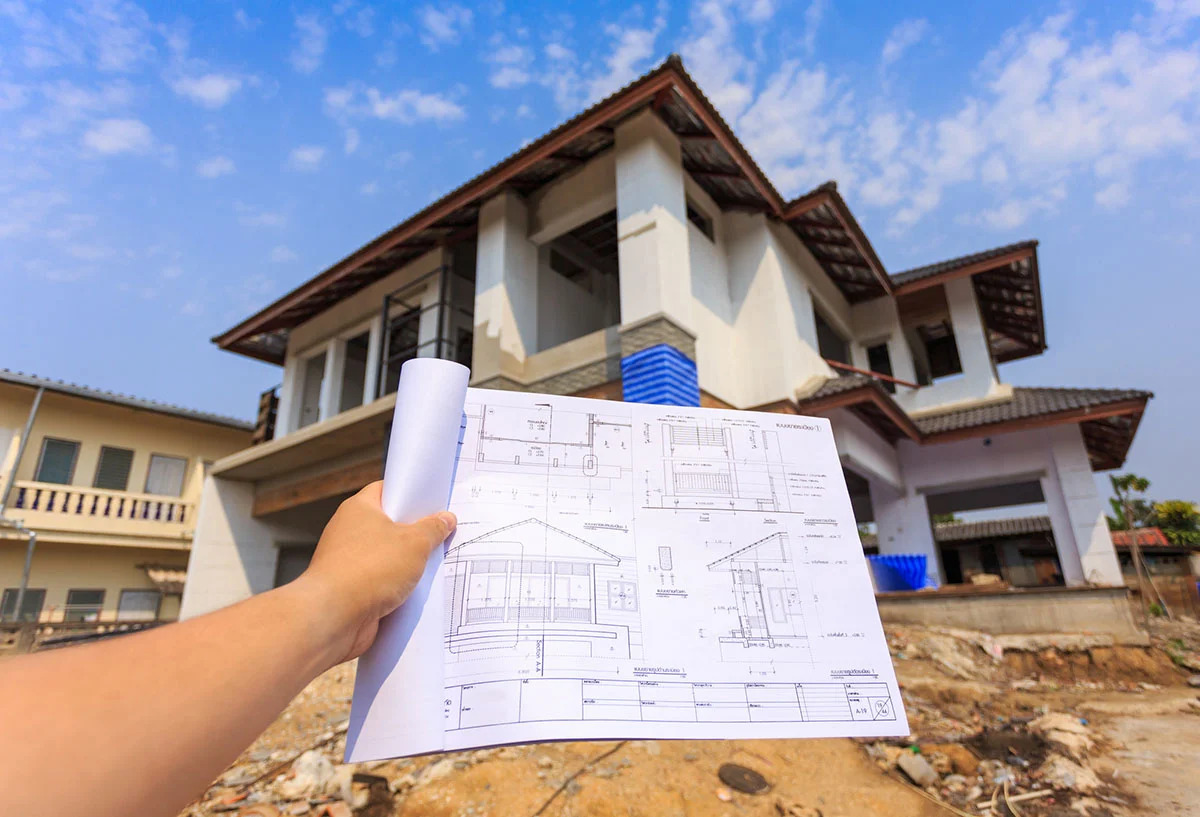
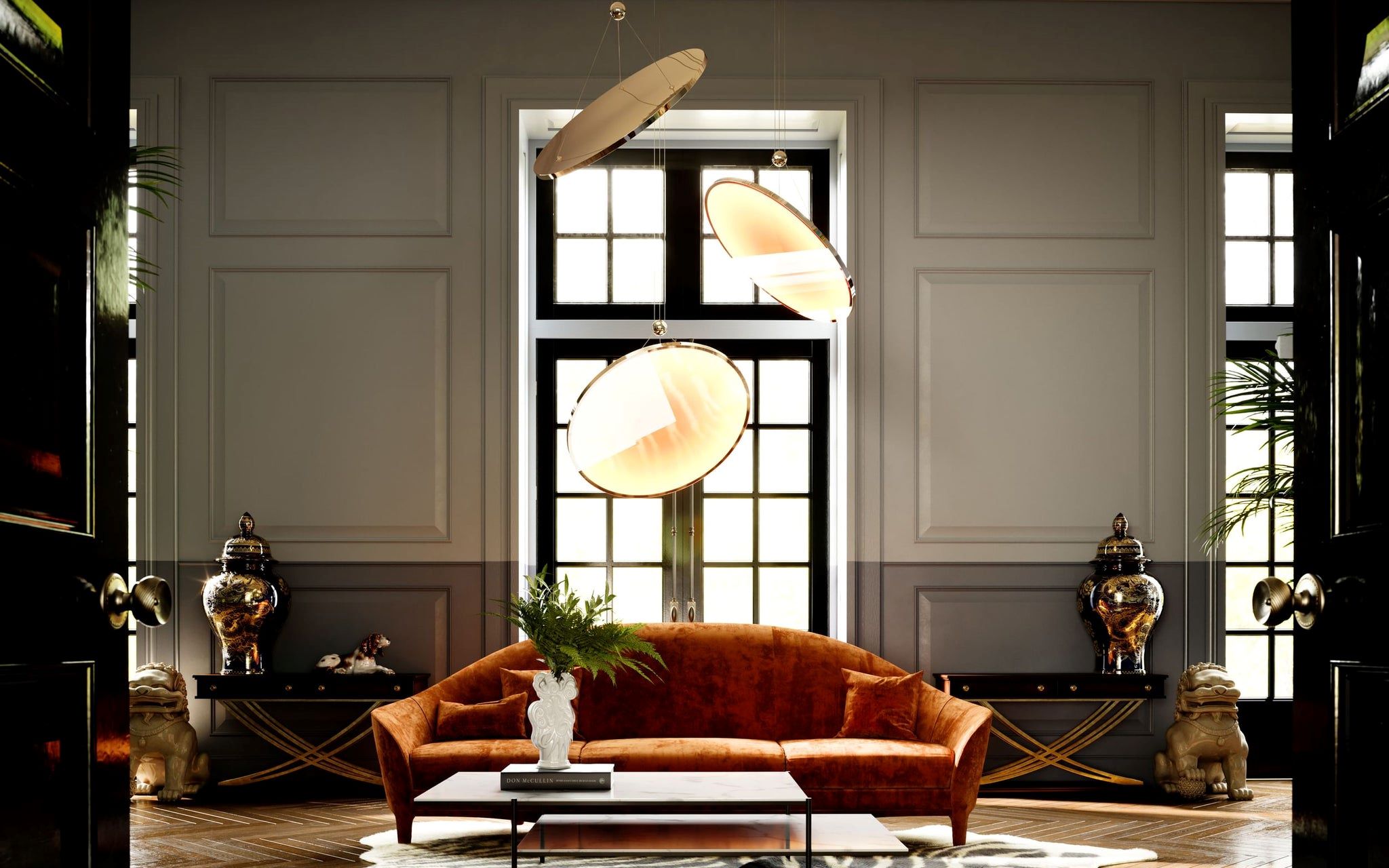
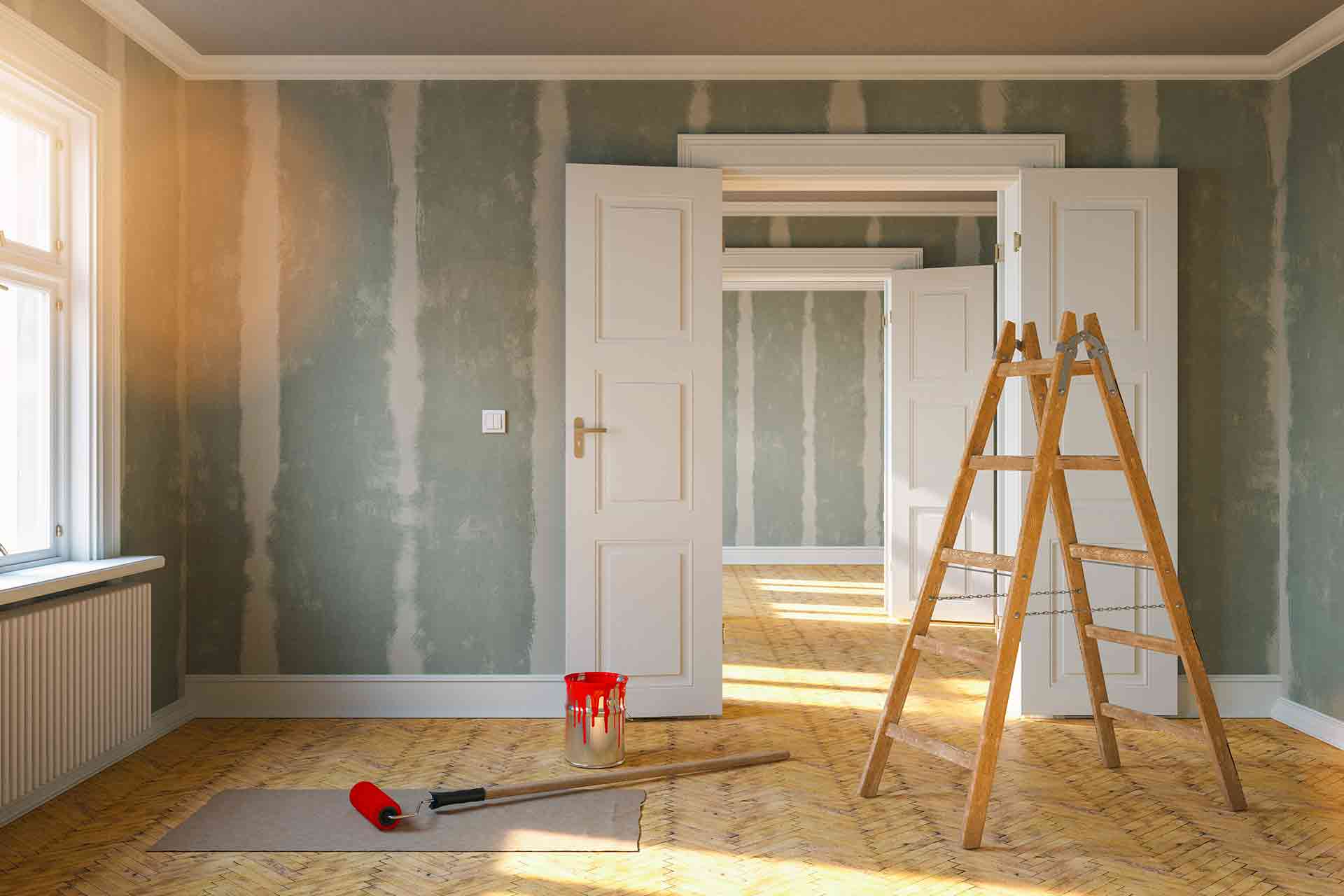
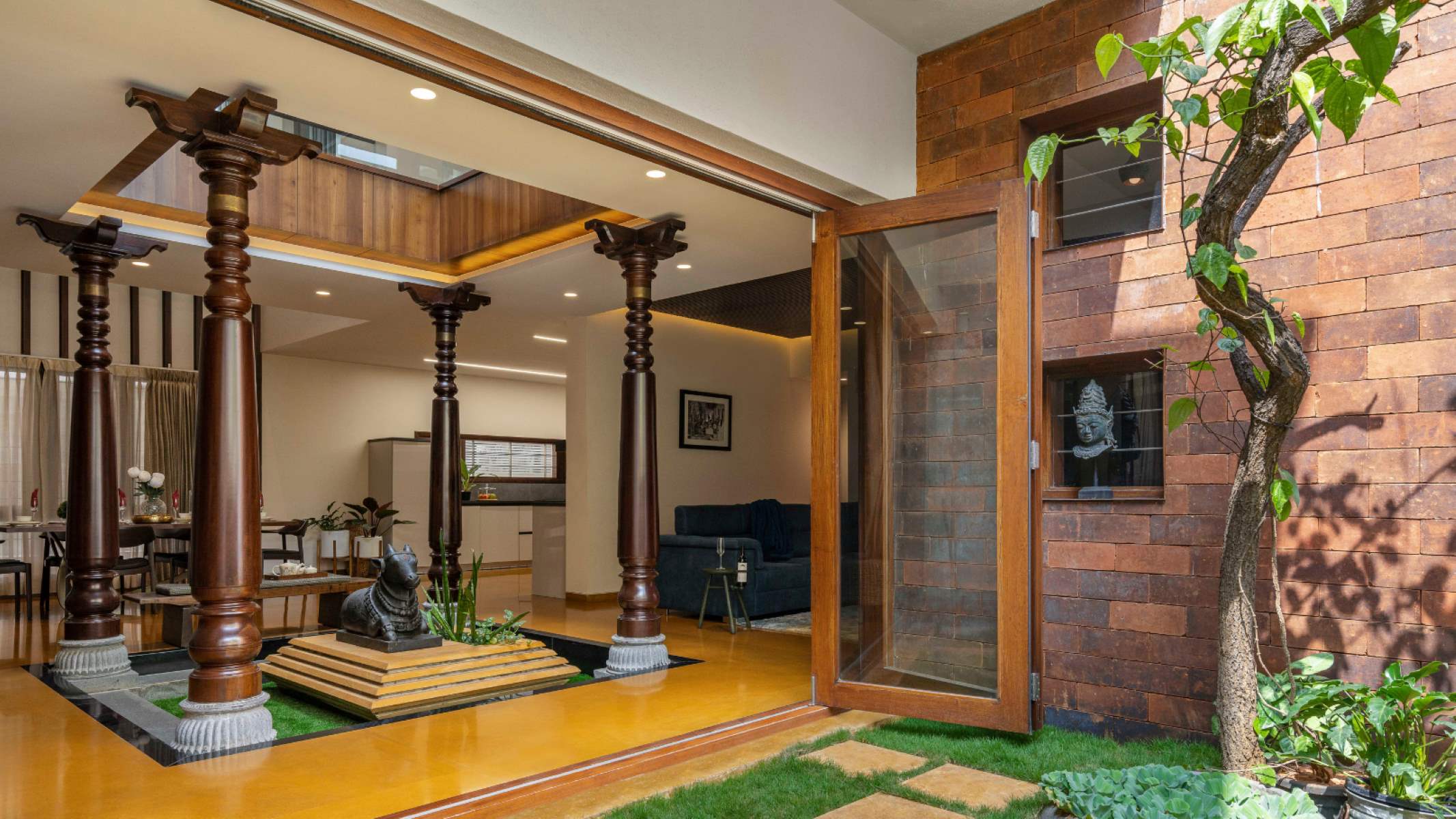
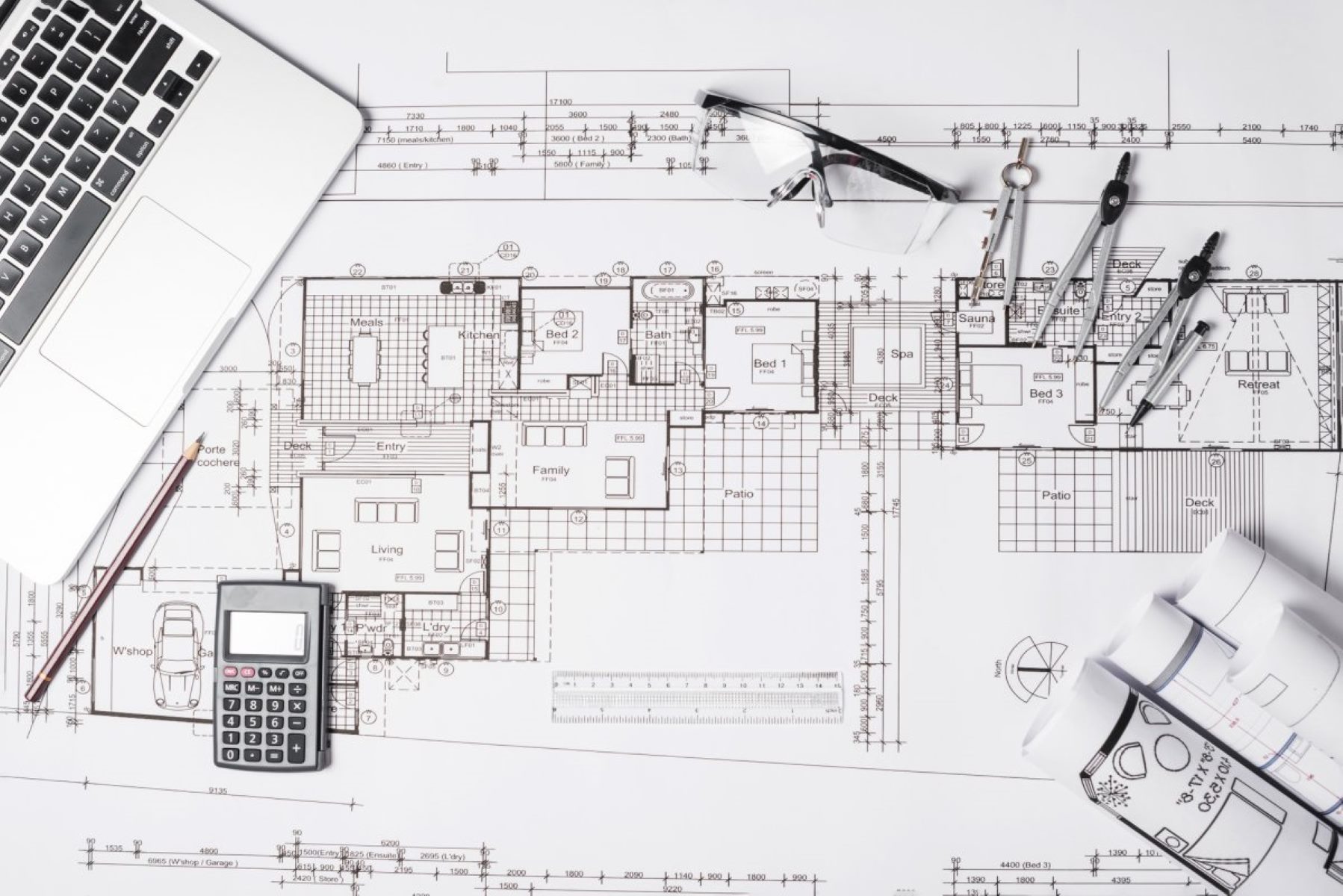
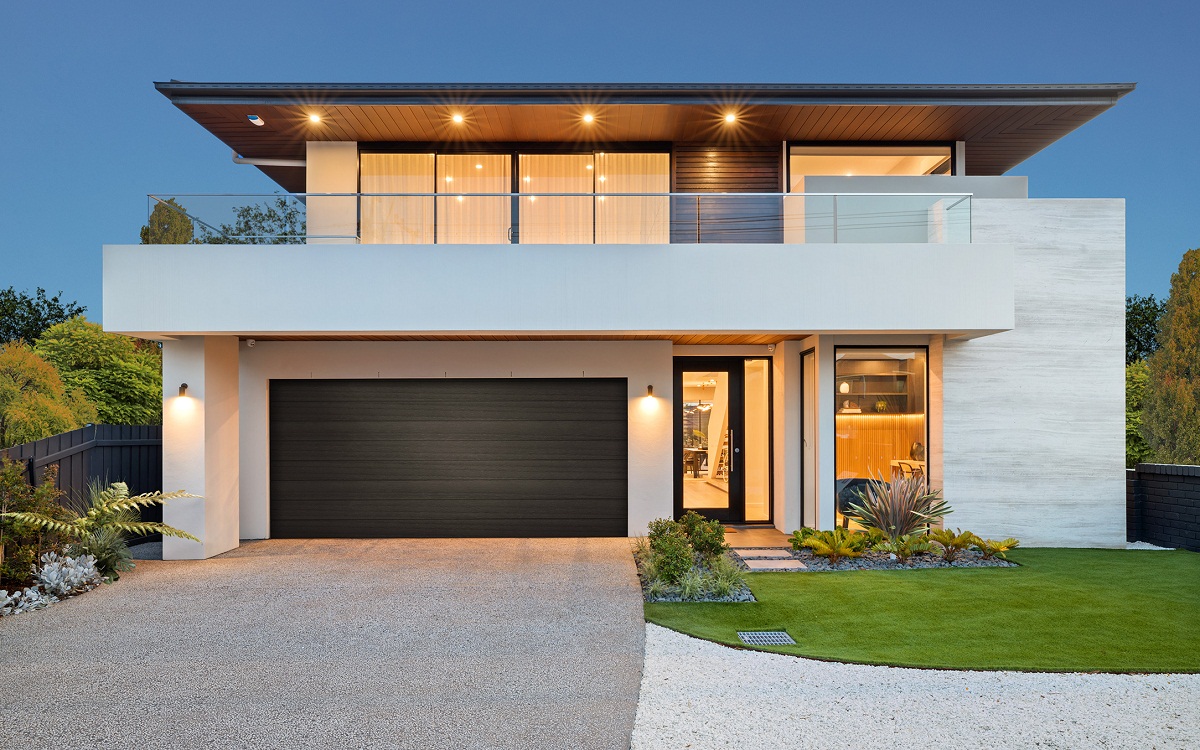
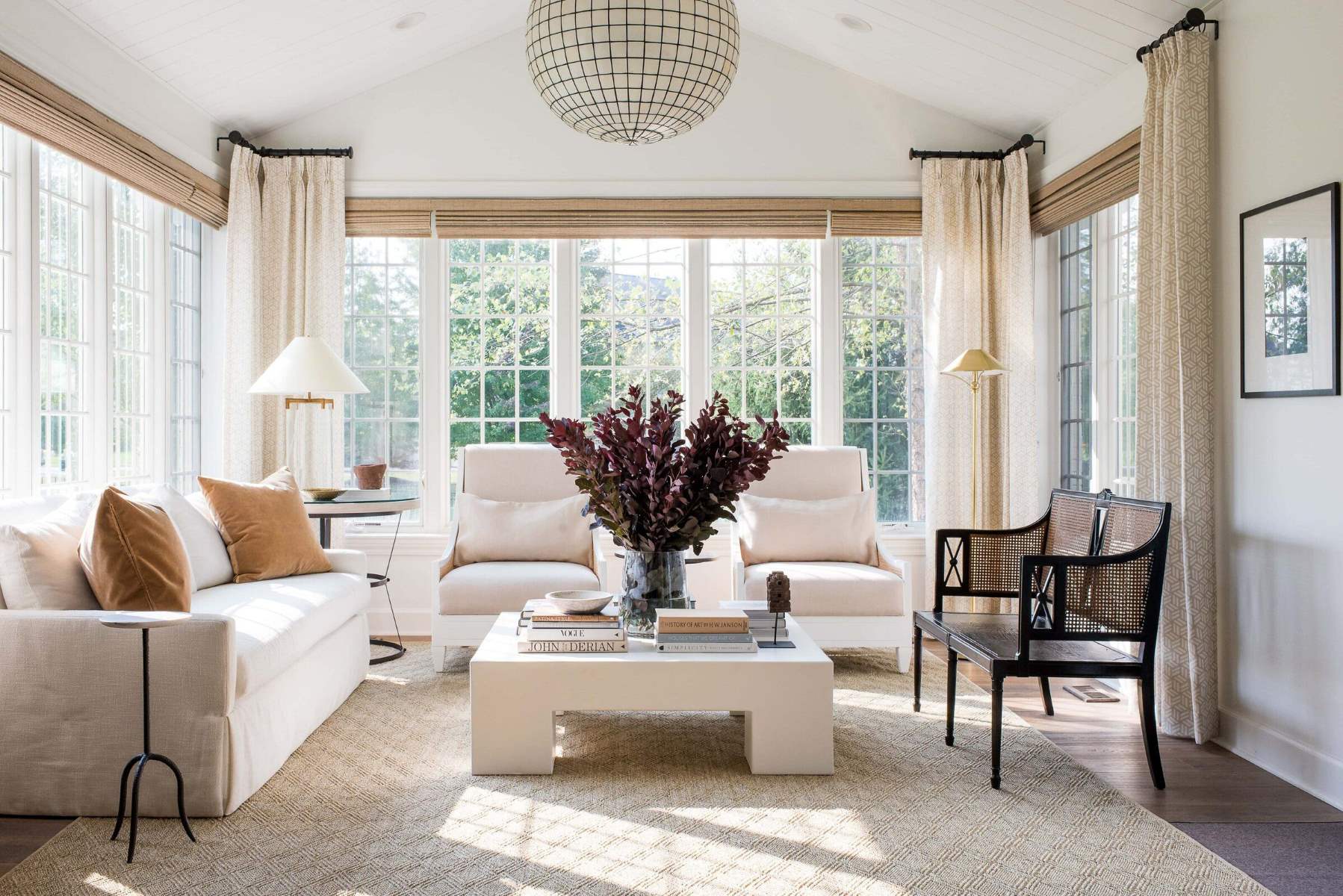
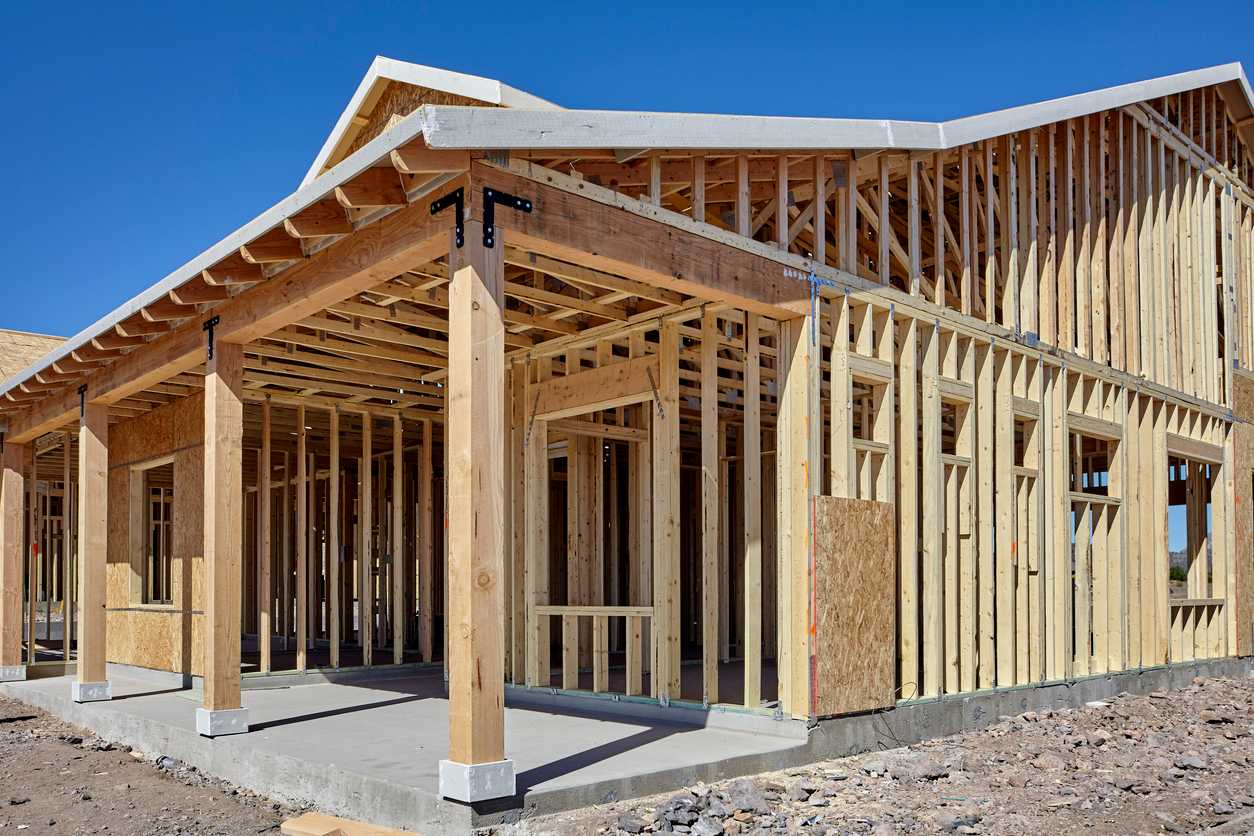
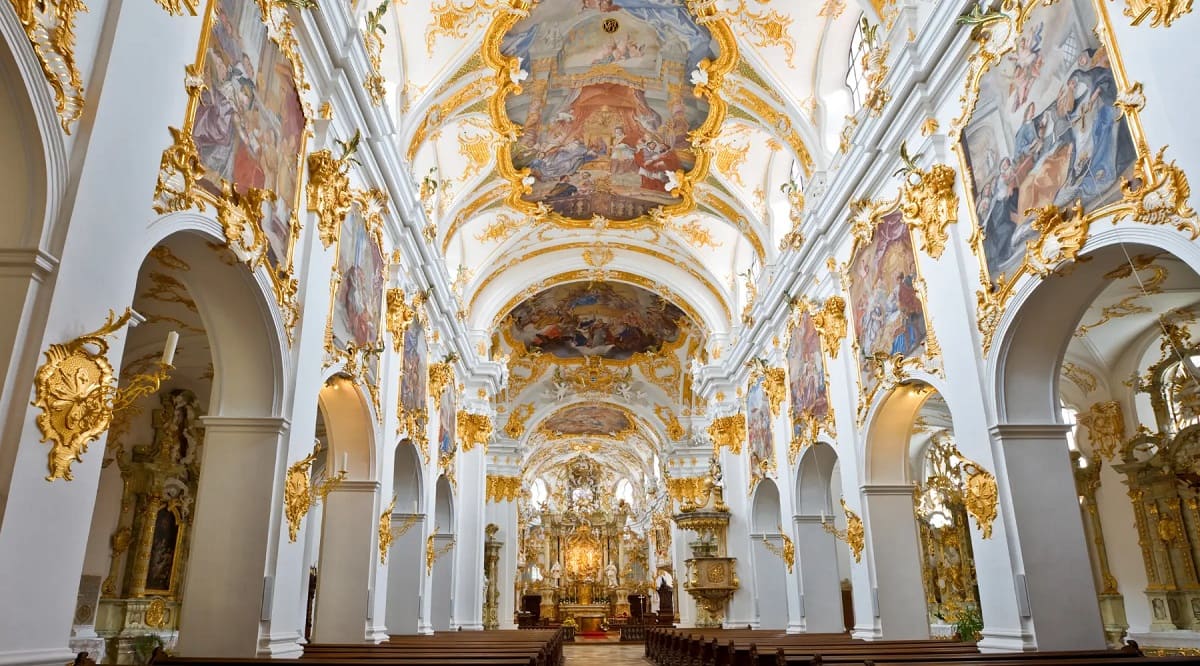

0 thoughts on “What Architectural Style Is The White House Built?”